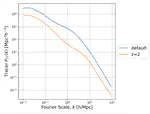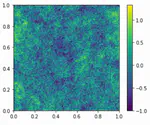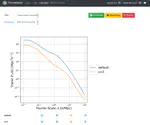hmf
The halo model is a super-convenient analytic tool to predict the spatial distribution of “things” in the Universe. It uses dark matter halos as the basic scaffolding, and then associates other things with the halos — eg. galaxies or diffuse gas. The predictions can be compared to observations of the spatial layout of galaxies, for example, to determine either cosmological parameters or properties of the galaxies themselves.
halomod provides an extremely simple – but quite comprehensive and easy to extend and manipulate – framework for computing quantities from the halo model. It builds on hmf (another of my codes) to do this.
TheHaloMod is a web-application that uses my Python codes hmf and halomod to calculate halo model quantities, and serve up plots directly without ever having to install the codes, from the comfort of your web browser.
The purpose of TheHaloMod is to be useful both for researchers and also students approaching
research into large-scale structure. TheHaloMod was formerly known as HMFcalc,
and has been well-used since its creation in 2013. TheHaloMod adds extra goodies to
the original HMFcalc — namely, the ability to calculate correlation functions and
power spectra of galaxies.
From June 2021, TheHaloMod has become a shiny new single-page app, developed by a very talented group of Computer Science undergrads at ASU.
A python application that provides a flexible and simple way to calculate the Halo Mass Function for a range of varying parameters.
The Halo Mass Function is a critical quantity in determining properties of the large-scale structure of the Universe. It encodes the number of halos of a given mass in a given volume of the Universe, and can be predicted from some neat arguments given a cosmology that describes how the Universe is expanding. The predictions can be used to compare to observations of galaxy clusters to determine parameters of the large scale structure. The HMF is also a key ingredient in more complex predictions of the Universe, via the halo model.





